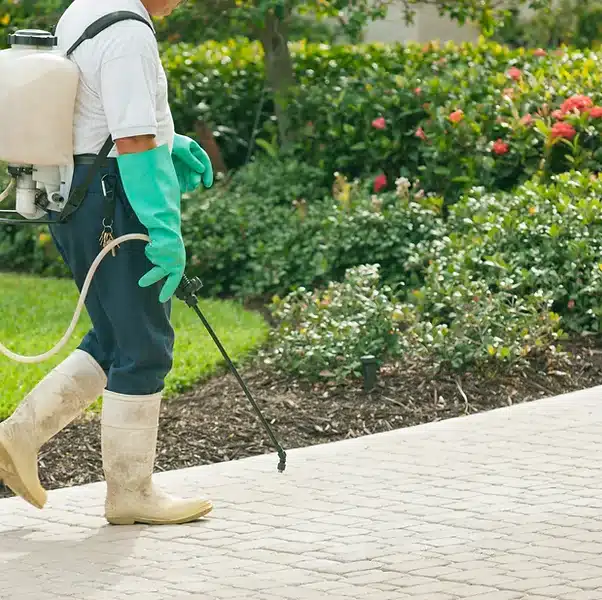Termites are relentless and highly efficient insects when it comes to infesting and causing damage to structures, primarily wood-based ones. Understanding how termites spread is crucial for homeowners, as it can help in early detection and prevention of infestations. In this, we will delve into the various ways termites spread and infest homes, as well as the steps you can take to protect your property.
1. Natural Reproduction:
The most fundamental way termites spread is through natural reproduction.The reproductive are responsible for establishing new colonies. During this swarming phase, they mate and seek out new locations to establish their own colonies.
2. Swarming:
Termite swarming is a seasonal phenomenon and often occurs in spring or early summer when environmental conditions are favorable. During a swarm, winged male and female reproductive take flight. These winged termites, known as “swarmer’s” or “alates,” are equipped to fly for a short period. Their primary purpose is to find a mate and a suitable location for a new colony. Once they have mated, the male and female termites shed their wings and become king and queen of a new colony.
3. Finding Suitable Locations:
After mating, the now wingless king and queen termites seek out a suitable location to start their colony. They are attracted to areas with abundant wood and cellulose materials, as these serve as their primary food source. Wood debris, tree stumps, and even your home’s wooden structures can be inviting to them. Once they find a suitable spot, they dig into the ground to establish their underground nest.
4. Tunnels and Mud Tubes:
Termites build tunnels and mud tubes as a means of travel and protection. Subterranean termites, which are among the most common termite species, create mud tubes to connect their underground colonies to the food source, whether it’s wood in the soil or the wooden structure of a building. These tunnels are made of soil, saliva, and excrement and provide a controlled environment for termites to move between the colony and their food source.
5. Colonizing Wooden Structures:
When termites infest a wooden structure, they establish colonies within the wood itself. They consume the cellulose in the wood, creating tunnels and galleries as they go. Over time, this feeding activity can weaken the structure and result in severe damage.
6. Soil-to-Structure Contact:
One of the key ways termites gain access to a home is through soil-to-structure contact. Subterranean termites require a moist environment, so they build mud tubes that extend from the ground to the wooden parts of a structure. These tubes protect them from predators and maintain the necessary moisture levels for their survival. The termites enter the structure through these tubes, often in concealed areas such as crawlspaces or foundation cracks.
7. Wood-to-Wood Contact:
In addition to soil-to-structure contact, termites can also spread by direct wood-to-wood contact. This can occur when wooden materials are placed in contact with each other, creating a bridge for termites to travel. For example, if firewood is stored against the side of a house, it can provide a pathway for termites to move from the firewood to the home’s structure.
8. Cracks and Openings:
Termites are adept at finding the smallest cracks and openings to enter a structure. Even tiny gaps around doors and windows or small foundation cracks can be enough for termites to gain access. They then start building mud tubes or tunneling into the wood to establish their colony.
9. Secondary Colonies:
Once a primary termite colony is established, it can give rise to secondary colonies within the same structure. These secondary colonies can develop within various wooden components, further exacerbating the termite infestation. This is why early detection and prompt action are so important in termite control.
10. Infested Furniture or Wood Products:
Termites can also spread when infested wooden furniture, wood-based products, or building materials are introduced into a property. If these items already harbor termite colonies or are infested with termite eggs, they can serve as a source for a new infestation within your home.
Conclusion:
In conclusion, understanding how termites spread and infest homes is essential for homeowners to protect their properties. Termites are resilient and resourceful insects, and early detection and preventive measures are crucial in safeguarding your home against their destructive tendencies. By being vigilant and taking proactive steps, you can significantly reduce the risk of termite infestations and the associated damage to your valuable assets.








